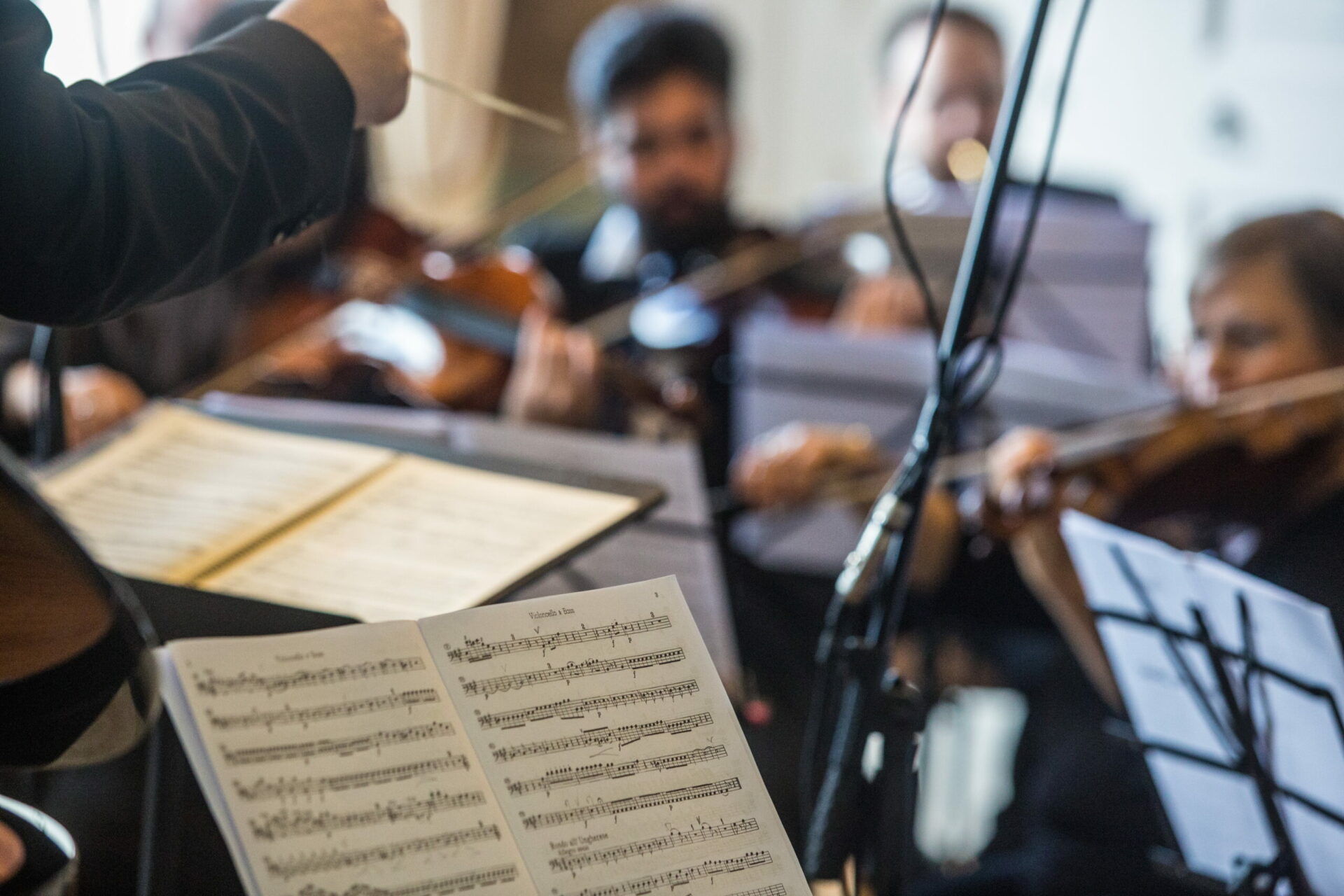What are the ingredients of the Music?
What are the ingredients of the Music?
The five contributing elements in Musical Analysis
Generally, when we talk about music, we find ourselves focusing just on the melody, or a chord that called our attention, or maybe a characteristic rhythm, but if we want to understand the complexity of a piece we should go much further.
One of the first things that any piano student should do before starting to play a piece is to get into the core of what are its components and even more, what contributes to making it happen.
Many piano teachers disregard this first approach and just focus on the technique or just to get the notes and the rhythm correctly, not paying much attention to the analysis we should do before to fully grasp the combination of layers and elements on it.
For this reason, Maestra Gisela Paterno wrote an article specifying the five contributing elements that they intertwine in every piece of music. These are:
1.- The Sound or “Sound Group“. This can be classified into three headings:
a – Timbre: either vocal, instrumental and any other combinations chosen by the composer
b – Dynamics: The intensity of the sound
c – Texture and Fabric: how the timbres are arranged and how they unfold throughout the piece.
2.- Harmony: can be classified in at least five important harmonic phenomena that can either cause or strengthen an articulation: change of mode, change of key, acceleration or deceleration in chord rhythm, intensification (or densification) of vertical complexity.
3.- Melody: Must be weighted according to its durations, accentual circumstances, position in the range, location in the phrase, relationship to critical notes (peak/climax)
4.- Rhythm: Encompasses many elements; we can relate it to the harmonic rhythm, to the melodic rhythm, the rhythm of the sound. The rhythm is a layered phenomenon: To a large extent, rhythm results from changes in Sound, Harmony and Melody, in this respect relating closely to the fifth contributing element, the Growth.
5.- Growth: delineates and contains the intricacies of the multi-layered phenomenon of a musical piece by the Musical Shape, which is the memory of the Movement, and only by the accumulation of degrees of punctuation and articulation, we can recognize the growing Shape.
We strongly recommend you to read fully this article in order to learn more about music analysys. WKMT are the masters of musis, piano and composition. So do not hesitate to learn all about it through Gisela’s articles for the studio. Click on the link aforementioned to access to the full article.







